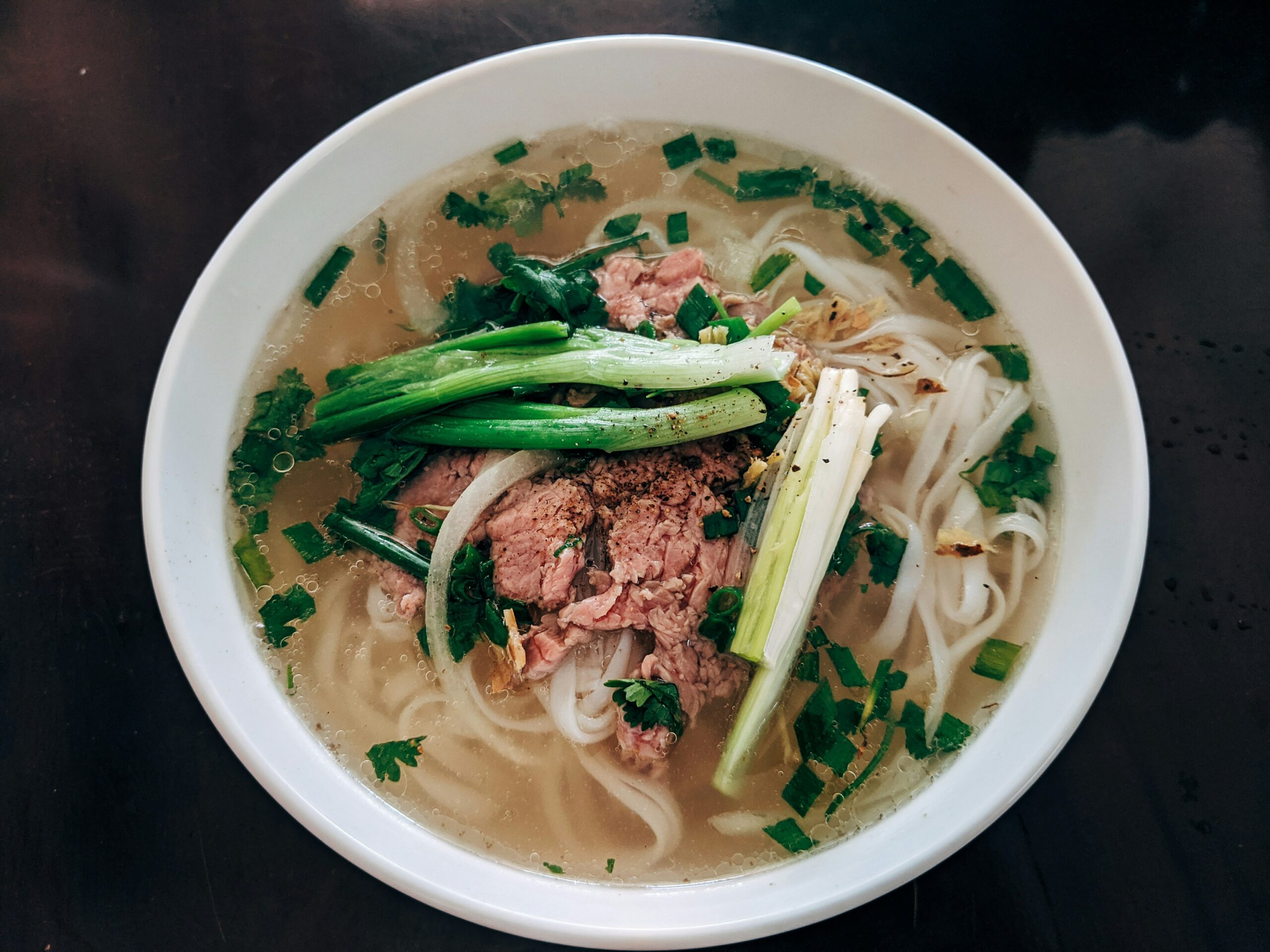Introduction
Vietnamese food is known for its unique flavors, fresh ingredients, and vibrant colors. It is a cuisine that has gained popularity all over the world due to its delicious and healthy dishes. In this blog post, we will explore what makes Vietnamese food so special and why it has become a favorite among food enthusiasts.
A Blend of Influences
Vietnamese cuisine is a beautiful blend of various cultural influences, including Chinese, French, and Southeast Asian flavors. This fusion of culinary traditions has resulted in a diverse and exciting array of dishes.
From the Chinese influence, Vietnamese cuisine has adopted the use of noodles, stir-frying techniques, and various spices. The French brought with them baguettes, pâté, and the art of baking, which can be seen in popular dishes like banh mi and French-inspired pastries.
Additionally, Vietnamese cuisine incorporates the flavors and ingredients of Southeast Asia, such as lemongrass, coconut milk, and tropical fruits. This combination of influences creates a distinct and mouthwatering culinary experience.
Fresh and Healthy Ingredients
One of the key reasons why Vietnamese food stands out is its emphasis on fresh and healthy ingredients. Vietnamese cuisine is characterized by its abundant use of herbs, vegetables, and seafood.
Herbs like mint, cilantro, and Thai basil are commonly used in Vietnamese dishes, adding a burst of freshness and aroma. Vegetables such as bean sprouts, lettuce, and cucumbers are also staples in many Vietnamese dishes, providing a crunchy and nutritious element.
Seafood plays a significant role in Vietnamese cuisine, thanks to the country’s long coastline. Fresh fish, shrimp, and squid are commonly used, resulting in dishes that are not only delicious but also rich in omega-3 fatty acids and other essential nutrients.
Flavorful and Balanced
Vietnamese food is known for its delicate balance of flavors. The cuisine incorporates the five fundamental tastes: sweet, sour, salty, bitter, and umami. Each dish aims to achieve a harmonious combination of these flavors.
One of the signature flavors in Vietnamese cuisine is nuoc mam, a fermented fish sauce that adds a savory and umami taste to many dishes. It is often used as a dipping sauce or a marinade, enhancing the overall flavor profile of the dish.
Another staple ingredient in Vietnamese cooking is rice vinegar, which provides a tangy and slightly sweet taste. It is used in dressings, marinades, and dipping sauces, adding a refreshing and acidic element to the dishes.
Furthermore, Vietnamese food often incorporates a variety of spices and aromatics, such as lemongrass, ginger, and garlic. These ingredients contribute to the complexity and depth of flavors in Vietnamese dishes.
Conclusion
Vietnamese food is truly special, thanks to its blend of cultural influences, emphasis on fresh ingredients, and flavorful combinations. Whether you’re enjoying a bowl of pho, biting into a banh mi, or savoring a plate of spring rolls, Vietnamese cuisine offers a culinary experience that is both satisfying and memorable.
So, the next time you have the opportunity to try Vietnamese food, don’t hesitate to explore the diverse flavors and unique dishes that make it so special.

